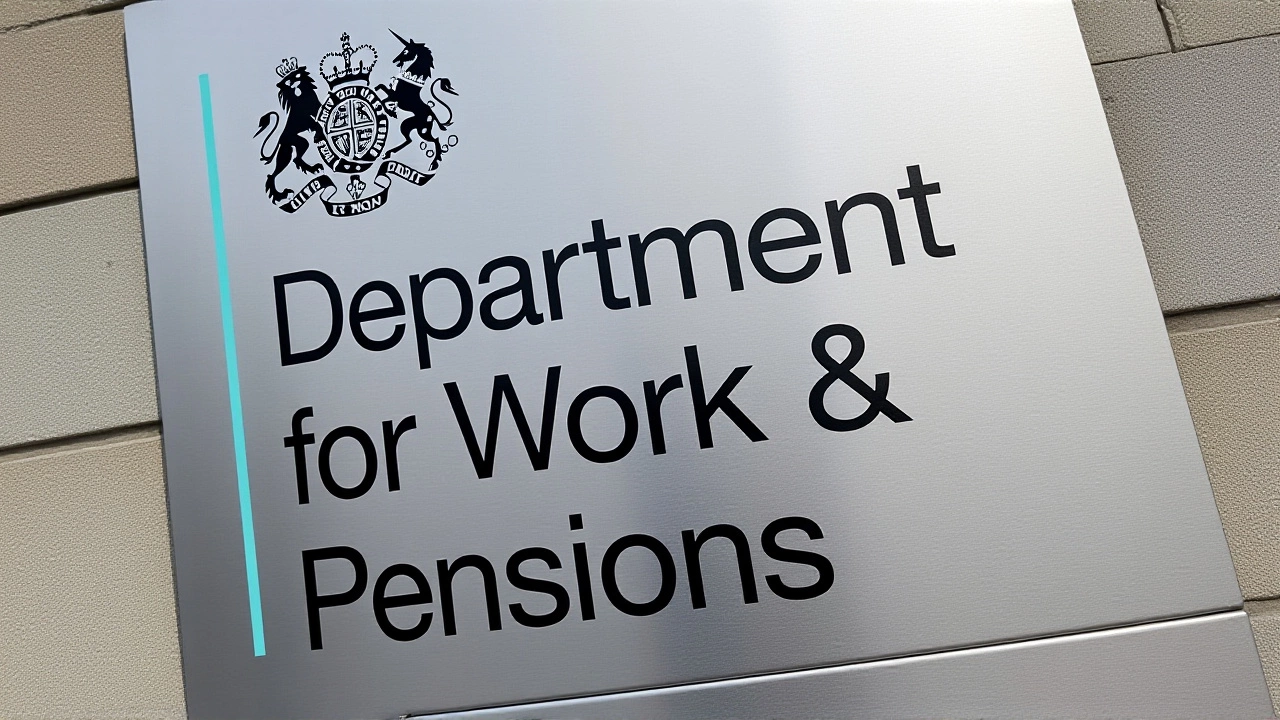UK Labour Review Could Raise State Pension Age to 70, Says Kendall
 Oct, 10 2025
Oct, 10 2025
When Liz Kendall, Work and Pensions Secretary of the Department for Work and Pensions announced on , she unveiled a new review headed by Dr. Suzy Morrissey that could see the state pension age climb to 70. The move forms part of the third statutory review required under the Pensions Act 2014 and signals the Labour government’s willingness to tie future increases directly to life‑expectancy trends.
Why the Review Matters Now
The UK's population is aging, but the speed of life‑expectancy gains has slowed since the COVID‑19 pandemic. In a call for evidence released by the DWP, Dr. Morrissey noted that while life expectancy at age 66 still rises, it does so at a fraction of the rate predicted ten years ago. If the trend continues, the fiscal pressure on the state pension system could intensify, prompting policymakers to consider the automatic‑adjustment model used by several European neighbours.
International Benchmarks: Denmark, Finland, Italy, Netherlands
The review will scrutinise mechanisms in countries that have already linked retirement ages to demographic data. Denmark, for example, raised its retirement age to 70 last year after a series of actuarial studies. Finland follows a similar trajectory, while Italy and the Netherlands employ gradual, life‑expectancy‑based adjustment formulas.
These models share a common thread: they aim to keep the proportion of life spent in retirement roughly constant across generations. The 2005 Pensions Commission first proposed that principle, arguing that each generation should "enjoy the same proportion of life contributing to and receiving state pensions."
Details of the Proposed Mechanism
At its core, the proposal would replace the current fixed‑timetable—where the state pension age rises to 67 between 2026‑2028 and to 68 between 2044‑2046—with a dynamic schedule that automatically steps up when life‑expectancy benchmarks are met. The Government Actuary's Department (GAD) will supply the latest actuarial projections, which Dr. Morrissey’s panel will weigh against economic and social impact studies.
- Current state pension age: 66 for men and women (as of May 2026).
- Planned rise to 67: 2026‑2028 under the Pensions Act 2014.
- Potential rise to 70: contingent on life‑expectancy thresholds, likely after 2035 if trends hold.
- Triple‑lock pension increase: £230.25 per week for new state pension (2025‑26 tax year).
- Required NI contributions for full pension: 35 years.
Critics argue that an automatic rise could throw “chaos” into retirement planning, especially for millennials who are already stretching their savings to accommodate a later exit from the workforce.

Responses from Stakeholders
Unions voiced concern that workers on low‑pay contracts would see their effective retirement age stretch beyond what they can realistically achieve. Age UK warned that “later retirement could exacerbate health inequalities among older workers.”
Conversely, the Institute for Fiscal Studies praised the evidence‑based approach, noting that without adjustment the pension bill could swell to over £150 billion by 2050.
In Parliament, Labour backbenchers are split. While some see the review as a pragmatic step, others worry it may clash with the party’s pledge to protect working‑age citizens.
Potential Impact on Millions of Britons
For today’s 30‑year‑olds, a shift from 67 to 70 could add three more years of compulsory work, affecting mortgage timelines, career planning, and mental‑health outlooks. A simple model from the Financial Conduct Authority suggests that each additional year of work could increase lifetime earnings by roughly £8,000, but also raises the risk of age‑related health issues that could force early exit.
On the fiscal side, raising the pension age to 70 could cut the state pension bill by an estimated £13 billion annually, according to the Treasury’s own modeling. That saving might be redirected to healthcare or education, but requires parliamentary approval under the Pensions Act 2014.

What Comes Next?
The DWP has set a six‑month window for evidence submissions, closing on . Following the consultation, Dr. Morrissey’s panel will publish an interim report in early 2026, with a final recommendation expected by late 2026. If the government decides to act, legislation would need to pass through both Houses before the next scheduled rise in 2028.
Meanwhile, advocacy groups are gearing up for a public campaign, and financial advisers are already updating calculators to reflect a possible 70‑year threshold.
Historical Context: From 1909 to Today
The original Old Age Pension, introduced in January 1909, paid 5 shillings a week to those with an annual income below £21. Over the decades, reforms have steadily nudged the retirement age upward: the 1995 Pensions Act equalised women’s age from 60 to 65, the 2007 Act added 66, and the 2014 Act set the path to 67. The current review is the latest chapter in a long‑standing effort to align pensions with demographic realities.
Frequently Asked Questions
How would a rise to 70 affect millennials?
Millennials would likely need to work three additional years before qualifying for a full state pension, stretching savings, mortgages and career planning. While longer work can boost lifetime earnings, it also raises the risk of health‑related early retirement, potentially widening wealth gaps.
What evidence is the government seeking?
The DWP’s call for evidence asks for data on life‑expectancy trends, labour‑market impacts, health outcomes for older workers, and international case studies. Submissions can come from academics, trade unions, employers and think‑tanks, and must be filed by 31 December 2025.
Will the pension increase be automatic?
If adopted, the mechanism would automatically raise the state pension age when life‑expectancy benchmarks set by the Government Actuary’s Department are reached, removing the need for ad‑hoc legislative changes. However, any change still requires a vote in Parliament.
How does the UK’s approach compare to Denmark’s?
Denmark linked its retirement age to life expectancy in 2022, gradually moving to 70 by 2026. The UK is looking at a similar formula but is still in the consultation phase, meaning any shift would be slower and subject to more political scrutiny.
What are the fiscal implications?
Treasury estimates suggest raising the pension age to 70 could shave roughly £13 billion off the annual pension bill by 2050, freeing resources for other public services. The exact savings depend on future wage growth and demographic shifts.